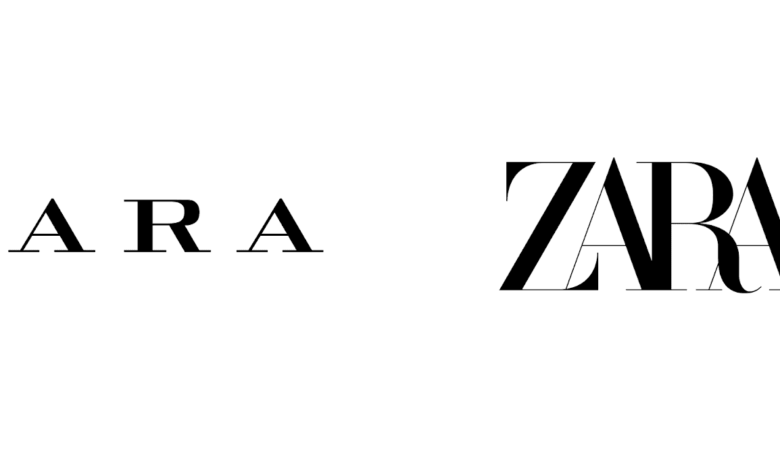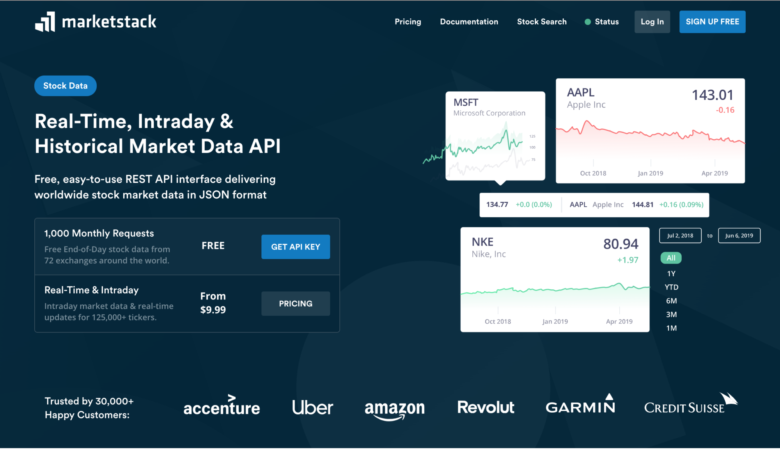Any Internet-based startup will require a lot of attention during the early phases of development. To launch a successful product you’ll need a targeted market share and a solid idea of what you’re looking to accomplish. For startups this often leads to monetization, building a community, or offering a unique service to the public.
In this article I want to share some ideas for managing a startup project. Whether you’re working alone or with a team, there will always be work to do. But if you can tackle this work in the right mindset you’ll notice distinct progress a lot quicker. And as the startup scene continues to grow you’ll find yourself more inspired and dedicated than ever before!
Include Branding from the Start
Marketing and branding ideas are super important for any product. But working online you really need to setup a brand which is quickly recognizable to your audience. When visitors find your company logo online it offers a reference in their mind to connect with your website.
The only way any startup can succeed is through enough PR and marketing status. Obviously this will get easier when you’re pushing 100k pageviews monthly. But when first getting started it’s a huge struggle to even hit this marker. Just keep in mind that marketing should become a passive process – every day you should find time to leave blog comments and drop backlinks around the web.
It is difficult to suggest any specific marketing techniques because there are so many different kinds of startups. But universally any startup can benefit from listings in a web design inspiration gallery. There are hundreds of online CSS galleries which you can submit your link to get some attention. These galleries would bring in smaller trickles of visitors which over time can develop into very solid returns.
Focus on Results
Any new features you’re coding should be 100% related to the project at large. The first year of any startup’s life cycle is the most important time to build out the product to include all the bare-bones features. Try to avoid nitpicking at tiny changes in HTML or CSS unless they’re blatantly obvious and affecting the user interface.
Positive results are what turn your startup into a small business or larger company. You want to see traffic numbers increase over time, along with user registrations and revenues. People who are already visiting your website will be more likely to share the link online or via word of mouth. But if the website is shoddy or missing features, most first-time visitors won’t bother to return again.
Breaking Down Larger Ideas
When you have so many ideas going through your head at any time it can be difficult to sit down and focus on just a single outlet. Yet this level of concentration is necessary for completing goals in a precise, accurate manner.
I recommend that you take down notes on all the different features you’d like to create. This can be written on paper or stored digitally with any to-do list application. These notes should be rough concepts and it’s your job to go over them and pick out which ideas are worthwhile. Take your top 5 and start building to see what you can achieve.
Try to keep your ideas small and easily manageable. During the first few weeks after launching it’s best to focus on smaller goals which you can complete in 1-3 days. If your idea is going to require 2 weeks for implementation it may be wise to break things down even further. Attempt to complete smaller chunks so you don’t end up feeling burnt out from working consistently.
Quick Development Phases
Speed is probably the single most indicative trait I associate with a startup. New products built for the Internet are often just experiments created by curious people. You launch a startup idea and see how it fares out in the real world.
The purpose of working in a startup cycle is to learn lessons quicker than normal. You can test out so many ideas because visitors on your website recognize the traits of a startup and are often accepting of changes. This gives you the freedom to play with A/B testing and move around sections of the site layout. The quicker you can make these changes and learn from them, the quicker you can move onto the next task.
You should have a healthy balance between content marketing and churning out new code. Working with open source code will save you hours of development time. In the long run you can push updates weekly and still learn from these experiences. The only reason you should really slow down with coding is when you’re writing poor bug-riddled PHP or JavaScript, and the startup is suffering as a result.
If you can work with even one other developer it will save you way more time. To have somebody else knowledgeable about the backend who can look over your work is a godsend. You will both have similar goals for the startup and be working in a similar mindset. In my opinion this attitude is why smaller startups can scale so quickly in such a short amount of time.
Plan for Long-Term Management
The initial few months after launching are always gruesome. You’re working constantly to keep up with development, marketing, and managing the website, plus you need to keep track of what should be changed in the future. It’s great if you can step back from the day-to-day and have a plan for where your company should be 1-2 years in the future.
Most startups will end up closing their doors and going offline before even hitting two or three years in development. The best advice I can give to all startups is stabilize yourself as quickly as possible! The service you’re providing is 24/7 access to your website from anywhere in the world. And if you can’t do it then surely somebody else will.
Even older social networking websites such as MySpace and Friendster are still bringing in traffic each day. These websites are not as active compared with Twitter or Facebook, and none of them are considered “startups” either. But you can see how just keeping a website online for 6 or 7 years will come with its own set of benefits. Stability is greatly overlooked amongst younger startups which is a key difference between success and failure stories.
Final Thoughts
Building your own website idea is not the road to be taken for every web designer. It requires dedication to build such a powerful webapp and keep it online for years to grow and evolve. But there are plenty of talented and very ambitious designers out there who can put these tips to good use.
I have always loved researching startups, and there have been so many launches in just a few short years. We can find everything from community websites to eCommerce stores to mobile smartphone apps – and all of these areas in technology are advancing rapidly. Right now is truly the best time to launch your startup idea and see how far it’ll go!










nice article it might help me in the future 😉
This sounds really nice. Everytime I read stuff like that, it makes me thinking about it the whole day or night… not good if you’ve got work to do or sleep to get :-). Either way, great article!
Great tips! Just started my own freelance company will def. revisit and take some of these tips into consideration before I really start marketing myself.
I think focusing on results and being quick in development is the keys for a startup.
thanks for the great words… have passed this link to fellow students in my course for Internet Communications… Some very good tips for those considering starting up something online
Great article. Your websites design and content is extremely important no matter what kind of business you plan to start. It is like a store front. Thanks for sharing.
I agree with Jared that “focusing on results and being quick in development is the keys for a startup”. Social media is a best way to promote a product to your community. Its a great tips to kick start a new business product…. 🙂
Building our small gaming network has felt like a startup environment. And it’s the teamwork that truly pushes any product forward. Marketing, development, and design are only as good as the team itself. These are all fantastic tips for content creators.
Interesting post, I agree that you should break your project down into smaller task that can be accomplished within a small timeframe, otherwise you will get tangle in the web of endless task that need to get done. No matter what stage you are in, there will always be something that needs to get done.
wow! this is great script! can someone find me its source please,
For those who are not project managers: Quick development phases mean Agile (more or less), where each task is relatively short, and repeatable (meaning that when the task is finished, we might return to it again to enhance it, until client satisfaction is reached).
Thanks for sharing!